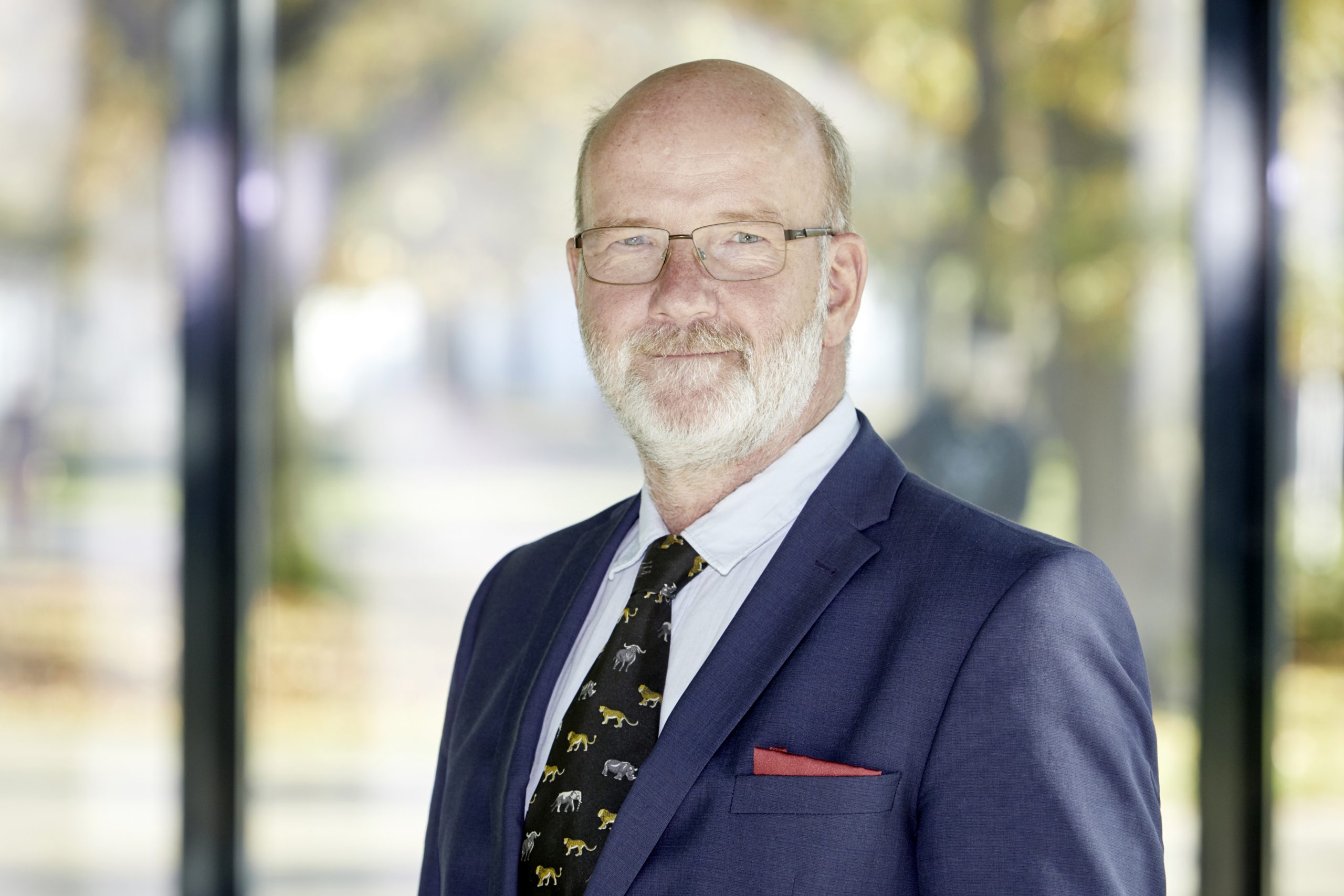
The number of e-cars registered in the Netherlands (battery + hybrid) has now passed the 200,000 mark. The number of charge points is also growing rapidly. By the end of last year you could already charge your car in more than 50,000 places. As the number of e-cars continues to grow, so does the combined storage capacity of all those batteries. This offers opportunities for storing power from solar and wind power plants whenever more energy is generated than is used. The perfect technology for this would be an inductive charging system. That entails wireless transmission of energy using magnetic fields. However, it is not yet clear what effects these electromagnetic fields have on organisms.
Participants in the Feedbac-Car research project have until mid-2020 to explore the potential of wireless charging of electric vehicles via induction, i.e. using transmitter and receiver coils. Incidentally, it is not only about charging, but also about returning surplus energy to the electricity grid where needed. This added advantage could make e-mobility even more attractive.
An elegant solution
It seems like an elegant solution. But does inductive charging have any side effects? After all, a magnetic field is created during energy transfer. In contrast to a laser beam, for example, this field is not clearly defined. It disperses. Although this field diminishes considerably as the distance from the coils increases.
Dr. Alexander Lerchl, Professor of Biology and Ethics in Natural Sciences and Technology at Jacobs University Bremen, recently started research into the potential effects of this technology on biological processes. Lerchl is particularly interested in the effect on various plants, insects and protozoa. The Bremen professor and his team are part of the Feedbac-Car research consortium.

He has large Helmholtz coils at his disposal for his research which generate a magnetic field with a strength of no less than 360 microtesla operating at 20 kHz or 85 kHz. By way of comparison: for high voltage power lines the magnetic flux density threshold is 100 microtesla. The research is expected to take a year.
What are potential biological effects of wireless charging?
The research is aimed at answering the question whether magnetic fields generated by inductive charging have any biological consequences. Not much research has been done so far. We are investigating various parameters, such as development, behaviour and survival rates. We can only go deeper into this once we have found some effects. But it’s still too early for that. We have to publish our findings first.
Is there a risk that humans will be continually exposed to magnetic fields?
You will only be exposed (at the very worst) if you stay for a prolonged period of time in the immediate vicinity of vehicles that are being charged. So you’d practically have to be standing or lying next to them. The fields decrease proportionally to the square of the distance. At a distance of more than one meter that field is already below the values set out by EU directives. There are different types of biological function mechanisms that take place depending on the frequency. If the electromagnetic radiation remains below these thresholds, you can rule out any harm or danger.
In the frequency range of high-voltage power lines (50 Hz), but also in the so-called medium-frequency range which we are researching, it is primarily electrical currents that are induced by magnetic fields. Higher frequency ranges (up to about 1 GHz) can lead to a warming of bodily tissue. At even higher frequency ranges, bodily tissue is heated up as well. In this case, however, it is limited to the upper layers of the skin.
How much microtesla an inductive charge emits is determined by the power and the distance between the coils on the ground or in the vehicle. This is also part of our research. Obviously, it must not exceed the set threshold values.
Are there also recommendations for safe use as is the case with induction hotplates?
These kinds of recommendations are always political. And especially in this case they are not scientifically substantiated. An important exception applies to people with old (!) pacemakers. But this is the domain of EMC, i.e. the electromagnetic (in)compatibility of these types of devices. Which is different from EMCE, as in electromagnetic (in)compatibility with the environment or electromagnetic environmental compatibility. The first case is of little interest to us, if at all. The research deals with EMCE.
There is currently no reason for concern from a scientific point of view. That is also what our research aims to establish. But there is simply not enough research in this area. Existing threshold values are being safely adhered to, at least this seems to be the case at the moment. Moreover, so far there is no evidence that biological or even harmful effects are likely to occur.
E-cars as an energy storage system
The research project FeedbacCar (Future Electric Energy Distribution by Aggregated Clusters and Cars with Automated Response) is funded by the German Federal Ministry of Environment, Nature Conservation and Nuclear Safety. Project partners are Zollner Elektronik AG, Audi AG, IFAK – Institute for Automation and Communication e.V. and Energie2Market GmbH. In a multi-vehicle fleet test, the suitability of the vehicles as energy storage systems is currently being studied in practice. The project will be completed by the end of June 2020.
More IO articles on the subject of e-mobility can be found here.

